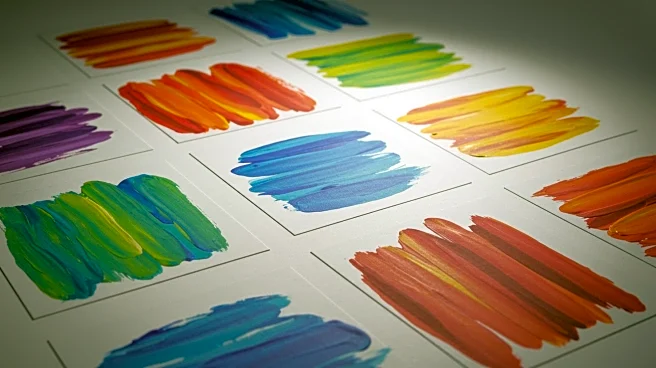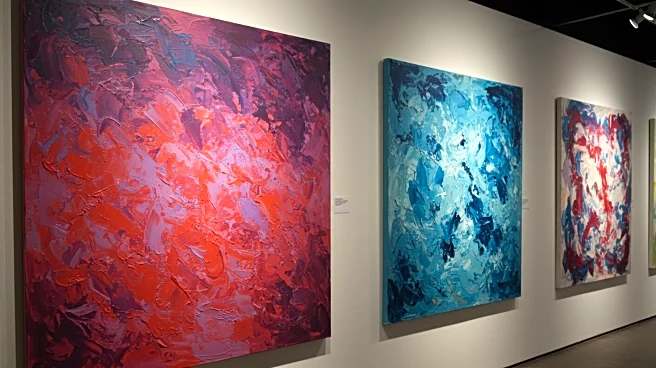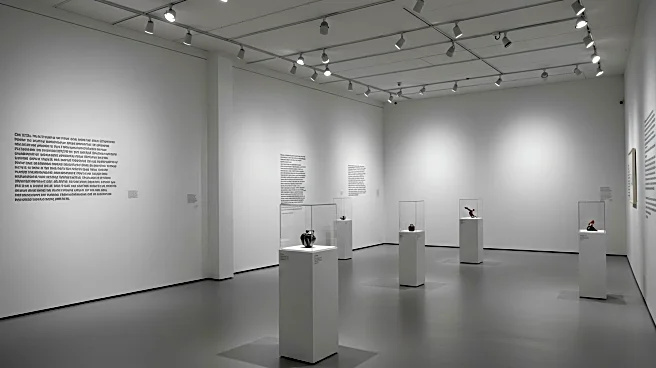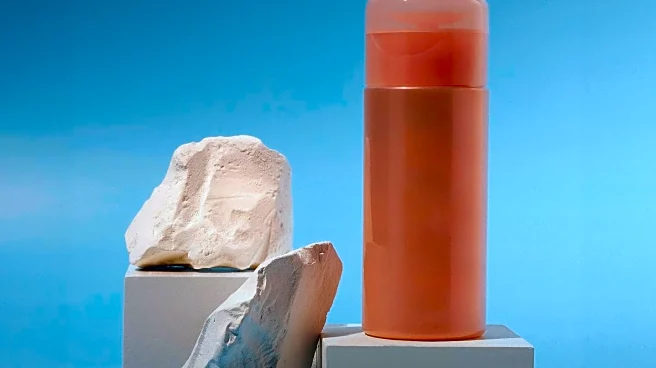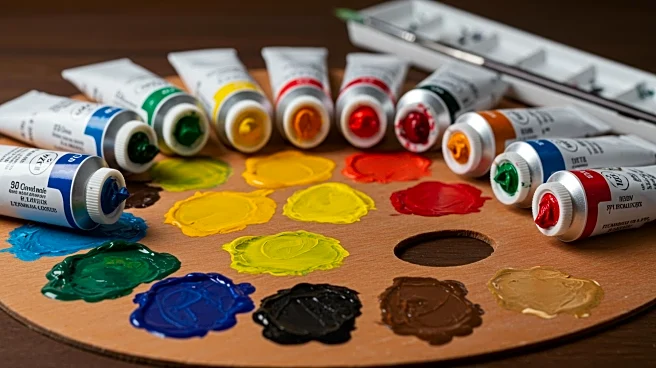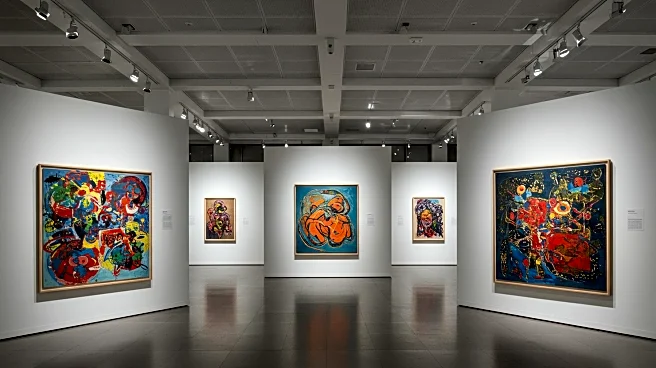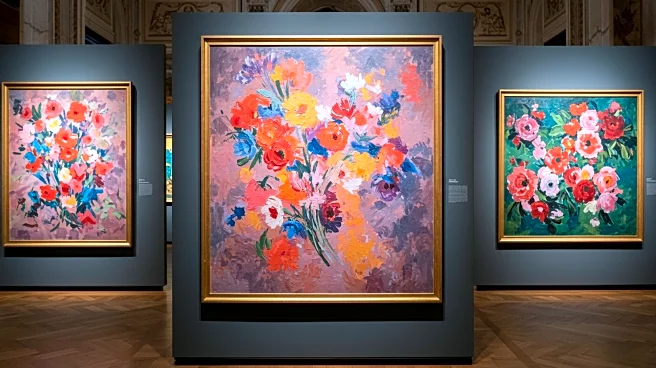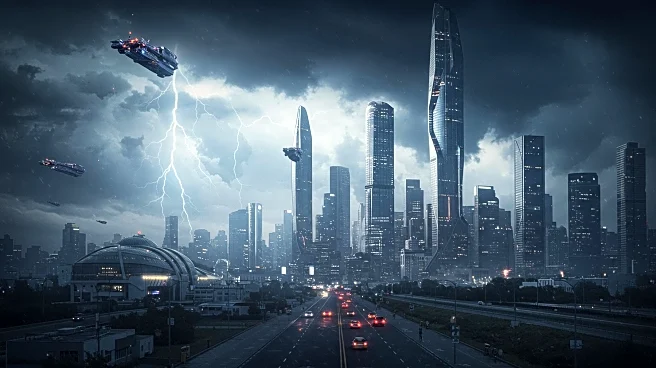What's Happening?
David Rappeneau, a French artist known for his hyper-figurative and surrealist drawings, has become a prominent figure in the art world despite maintaining a low profile. His work, characterized by melancholic and existential themes, has attracted a cult following, particularly among younger audiences. Rappeneau conducts his career entirely through email, avoiding public appearances and traditional artist engagements. His gallery, Gladstone Gallery, admits to knowing little about him personally, yet his art continues to draw significant attention and representation. Rappeneau's approach challenges the art world's norms of visibility and access, focusing solely on the artwork itself.
Why It's Important?
Rappeneau's career strategy highlights a shift in the art world where the focus is increasingly on the art rather than the artist's persona. This approach resonates in an era where social media and online presence often overshadow artistic merit. By prioritizing the artwork, Rappeneau has managed to captivate audiences and secure major gallery representation, demonstrating that art can thrive independently of the artist's public image. This could inspire other artists to adopt similar strategies, potentially reshaping industry standards and expectations.
What's Next?
Rappeneau's continued success may encourage galleries and collectors to explore new ways of engaging with artists who prefer anonymity. As his work gains more recognition, it could lead to further exhibitions and collaborations, expanding his influence in the art world. The artist's unique approach may also prompt discussions on the role of artist visibility in contemporary art, influencing future practices and trends.
Beyond the Headlines
Rappeneau's approach raises questions about the relationship between art and identity, particularly in a digital age where online personas can dominate. His work, often depicting trans and non-human bodies, reflects contemporary themes of identity and existence, resonating with audiences who navigate similar experiences online. This underscores the evolving nature of art consumption and creation in a connected world.
